Optimal Timing for Storm Restorations
Storm restorations are most effective when performed promptly after storm events to minimize further damage and restore structural integrity. The optimal timing depends on weather patterns, seasonal conditions, and local climate factors.
Spring often sees increased storm activity, making it a common time for storm restorations to begin. Addressing damages early in the season can prevent worsening conditions.
Summer months can bring severe thunderstorms and hurricanes, emphasizing the importance of timely restorations to protect properties.
Performing storm restorations in fall can help prepare properties for winter weather and reduce the risk of damage during colder months.
Winter restorations are feasible but may face delays due to snow and ice. Planning ahead ensures repairs are completed before harsher weather sets in.
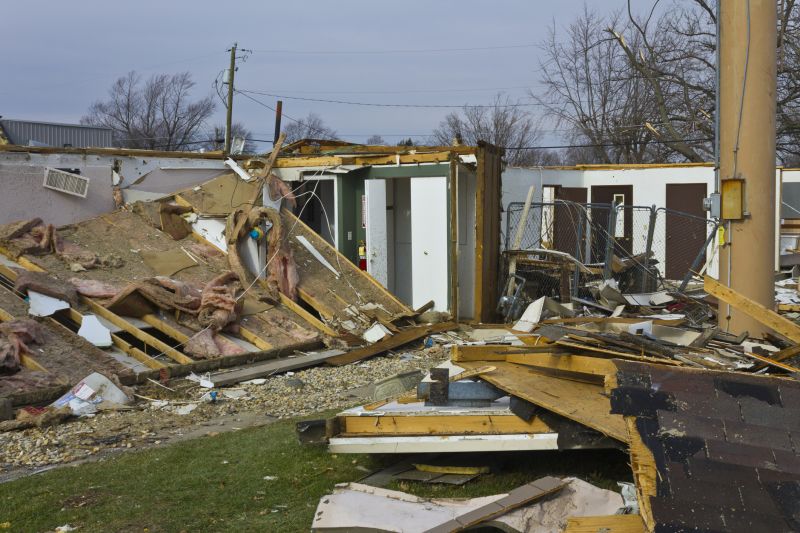
Evaluating storm damage promptly is crucial for effective restoration planning.
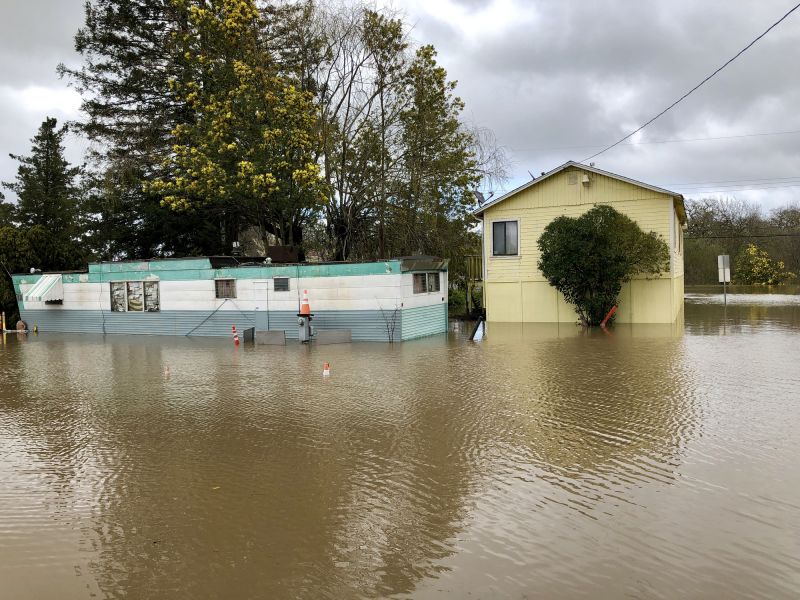
Immediate repairs can prevent further damage and stabilize structures.

Restoration crews working during optimal weather conditions.
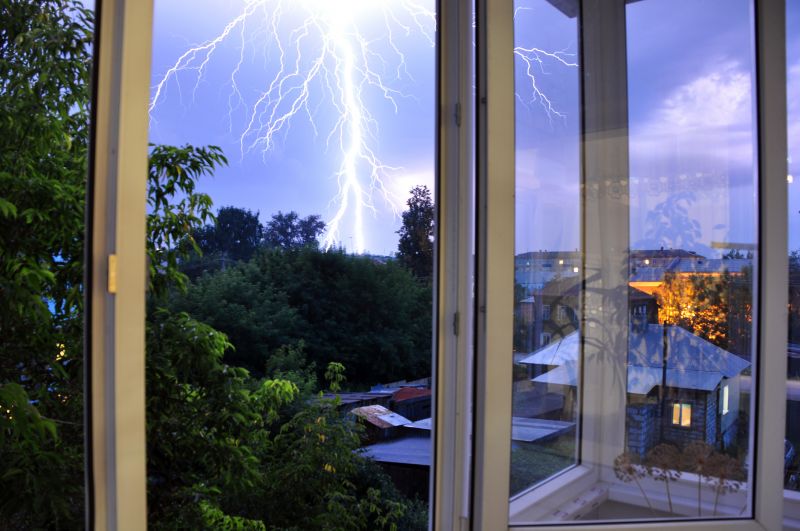
Ways to make Storm Restorations work in tight or awkward layouts.

Popular materials for Storm Restorations and why they hold up over time.

Simple add-ons that improve Storm Restorations without blowing the budget.

High-end options that actually feel worth it for Storm Restorations.
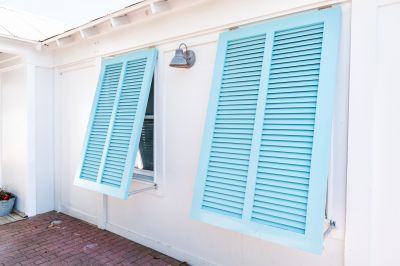
Finishes and colors that play nicely with Storm Restorations.
| Season | Optimal Restoration Timing |
|---|---|
| Spring | Immediately after storms to prevent further damage |
| Summer | As soon as safe after storm events |
| Fall | Before winter weather begins |
| Winter | When weather permits, prior to severe cold or snow |
Storm restorations involve repairing damages caused by severe weather events such as high winds, hail, and heavy rain. These repairs restore the integrity of roofs, siding, windows, and other critical structures. Prompt action not only minimizes property damage but also reduces long-term costs associated with delayed repairs. Proper timing ensures that restoration work is safe and effective, leveraging favorable weather conditions to achieve durable results.
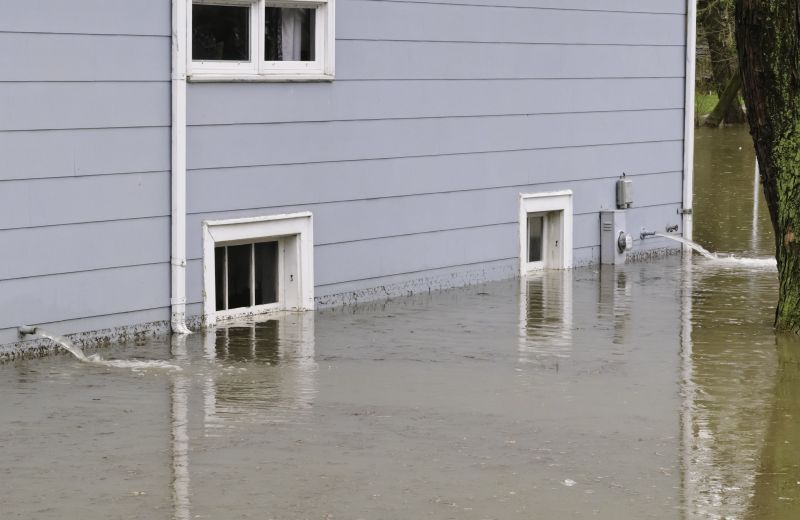
Properties before storm damage occurs.
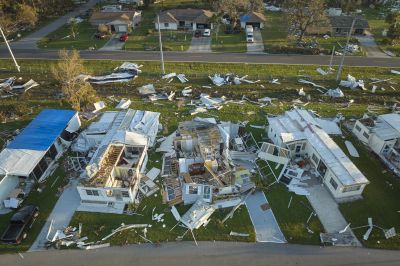
Damaged roofs and siding after a storm.
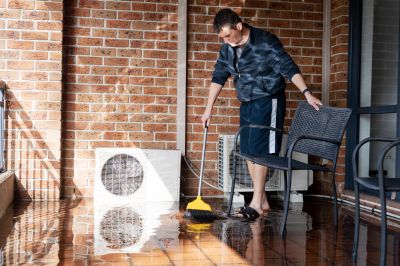
Repair crews restoring a damaged property.
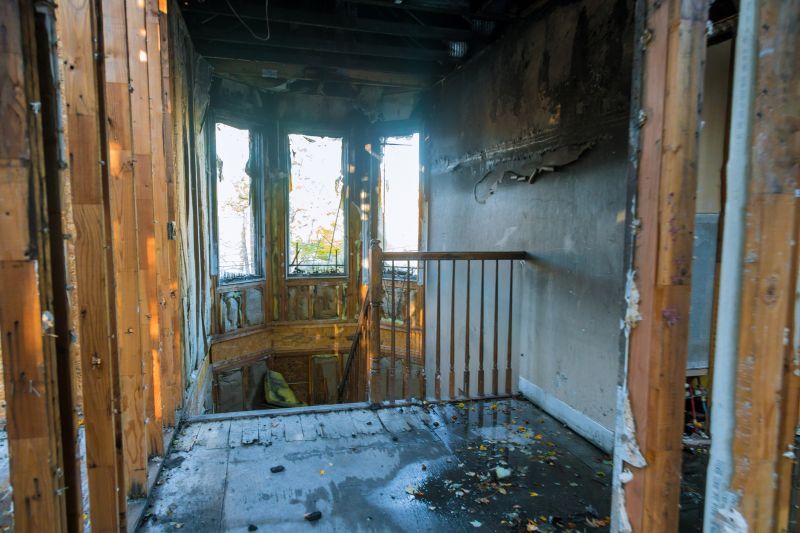
Property restored to its original condition.
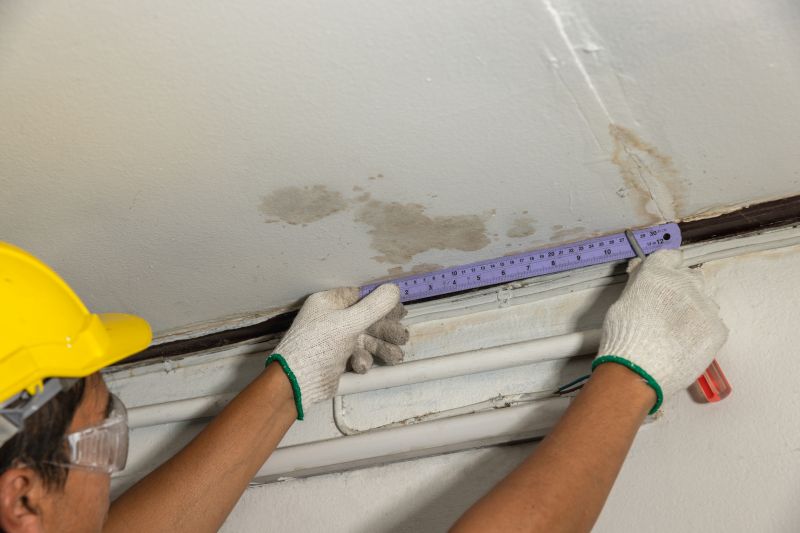
Little measurements that prevent headaches on Storm Restorations day.
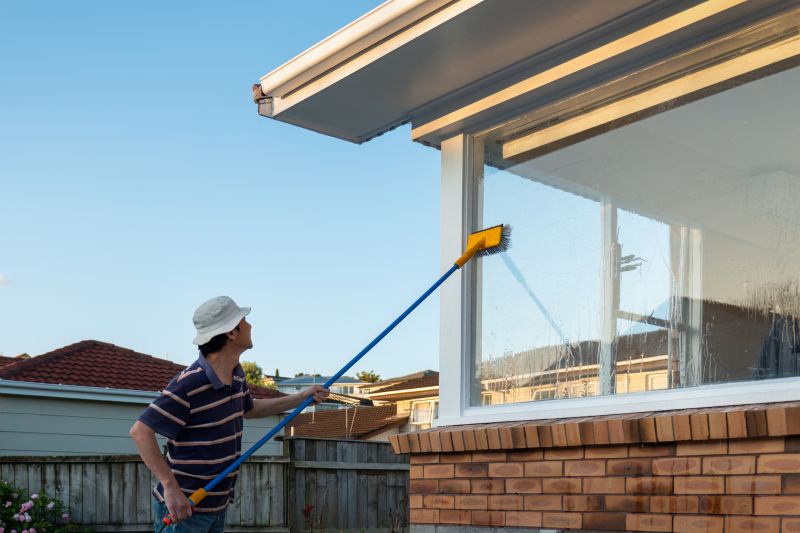
A 60-second routine that keeps Storm Restorations looking new.

A frequent mistake in Storm Restorations and how to dodge it.

Small tweaks to make Storm Restorations safer and easier to use.
Timely storm restorations are vital for maintaining property safety and value. Recognizing the best seasons and weather conditions for repairs ensures that restoration efforts are efficient and effective. If there is interest in scheduling storm restoration services, it is recommended to contact promptly to plan repairs during optimal weather windows.

